The COVID-19 pandemic has essentially transformed the means we work. With remote work becoming the new normal, more and more people are establishing their home offices. However, functioning from the house comes with its collection of obstacles, among which is the requirement for a trustworthy and effective office setup.
Among the essential elements of a good home office setup is a display. While traditional desktop monitors are excellent, they are only sometimes functional, especially for those who need to work on the go. That’s where mobile monitors can be found in. In this short article, we will explore the benefits of utilizing mobile displays and just how they can aid you in working smarter, not harder.
Benefits of Using Portable Monitors
Enhanced efficiency and effectiveness
One of the main advantages of utilizing a mobile monitor is improved productivity and performance. With a more prominent display, you can function more effectively and obtain more carried out quickly. It is especially true if you need to multitask, as a larger display allows you to have several windows open simultaneously.
Improved versatility and mobility
Another advantage of using a mobile display is boosted flexibility and movement. Portable screens are lightweight and also simple to transfer, so you can take them with you any place you go. This makes them excellent for remote employees who must function from different locations.
Improved functional designs and also eye health and wellness
Making use of a mobile screen can additionally enhance your ergonomics as well as your eye wellness. With a larger screen, you can adjust the font size and display screen settings to lower eye strain and improve your pose. This is vital if you invest long hours working in front of a computer.
Factors to Consider When Choosing Portable Monitors
Screen size and also resolution
The first thing to consider when choosing a mobile display is the display size and resolution. Portable monitors come in a range of sizes, ranging from 13 inches to 17 inches or more. The larger the display size, the costlier the screen is most likely to be. In regards to resolution, you should find a monitor with a high resolution, such as 1080p or 4K, to ensure that you obtain the very best possible image quality.
Connection choices
Another essential element to think about is the connection alternatives. Many mobile monitors come with HDMI or USB-C ports, allowing you to connect them to your laptop or desktop computer. However, some monitors may have added connectivity options, such as DisplayPort or Thunderbolt, which can provide even faster data transfer rates.
Compatibility with your laptop or desktop
Before acquiring a mobile display, you must ensure it works with your laptop computer or desktop. Examine the display’s specifications to ensure it works with your computer’s operating system and graphics card. You need likewise to inspect whether your computer has the required ports to connect the screen.
Price and also budget factors to consider
Finally, consider the price and budget when selecting a mobile display. Mobile displays can vary in rate, with some models costing you numerous hundred dollars. Pick a budget in advance and search for a show that uses the very best worth for your money.
Screen size and resolution
The screen size and resolution are the first things to consider when choosing a portable monitor. Portable monitors come in various sizes, ranging from 13 inches to 17 inches or more. The larger the screen size, the more expensive the monitor will be. In terms of resolution, you should look for a monitor with a high resolution, such as 1080p or 4K, to ensure that you get the best possible image quality.
Connectivity options
Another essential factor to consider is the connectivity options. Most portable monitors come with HDMI or USB-C ports, which allow you to connect them to your laptop or desktop. However, some monitors may have additional connectivity options, such as DisplayPort or Thunderbolt, providing even faster data transfer speeds.
Compatibility with your laptop or desktop
Before buying a portable monitor, it’s essential to ensure it is compatible with your laptop or desktop. Check the monitor’s specifications to ensure compatibility with your computer’s operating system and graphics card. You should also check whether your computer has the necessary ports to connect the monitor.
Price and budget considerations
Finally, consider the price and budget when choosing a portable monitor. Portable monitors can vary in price, with some models costing several hundred dollars. Decide on a budget beforehand and look for a monitor that offers the best value for your money.
Setting Up and Using Portable Monitors
Setting up a portable monitor is relatively simple. Many mobile displays feature an HDMI or USB-C cable television that you can utilize to attach the show to your laptop computer or desktop. When you have linked the screen, you may need to readjust the display settings on your computer system to ensure the picture is properly presented.
To obtain the most out of your portable monitor, there are a couple of things you can do:
1. Utilize it as a second screen
Portable screens are great for multitasking. You can utilize your mobile screen as a 2nd display to raise your efficiency and work extra effectively. For example, you can have your e-mail and calendar open on one display while you work with a record on the other.
2. Change the screen settings
Changing the display setups on your mobile screen can help reduce eye stress and boost your position. You can adjust the illumination, comparison, and shade settings to ensure the picture is simple on your eyes.
3. Make the most of the mobility
The portability of a portable screen is among its most considerable stamina. Take advantage of this by utilizing your mobile screen in various settings, such as at home, in a coffee shop, or on an aircraft.
Conclusion
In conclusion, when picking a mobile monitor, consider aspects such as screen dimension and resolution, connection alternatives, compatibility with your laptop computer or desktop, and cost. By capitalizing on your mobile monitor’s mobility and readjusting the display setups, you can work smarter, not harder, no matter where you are.

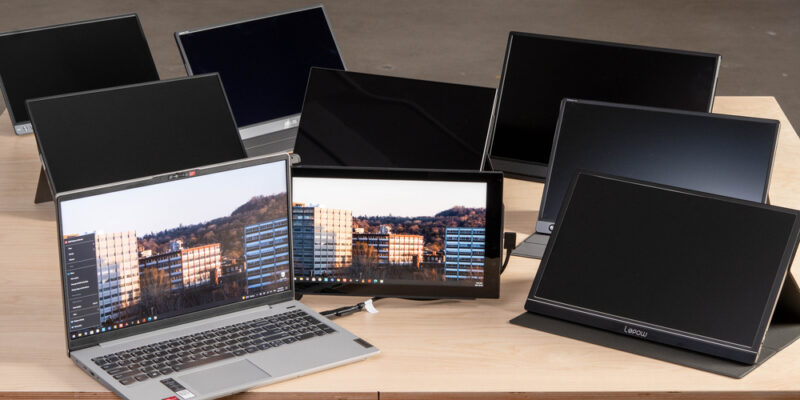


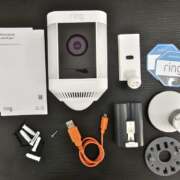
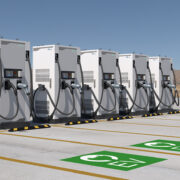



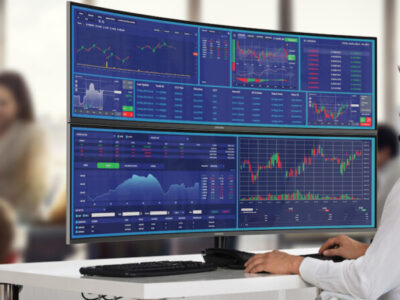


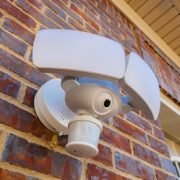

Comments